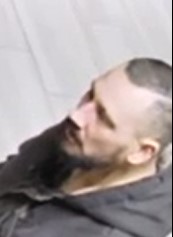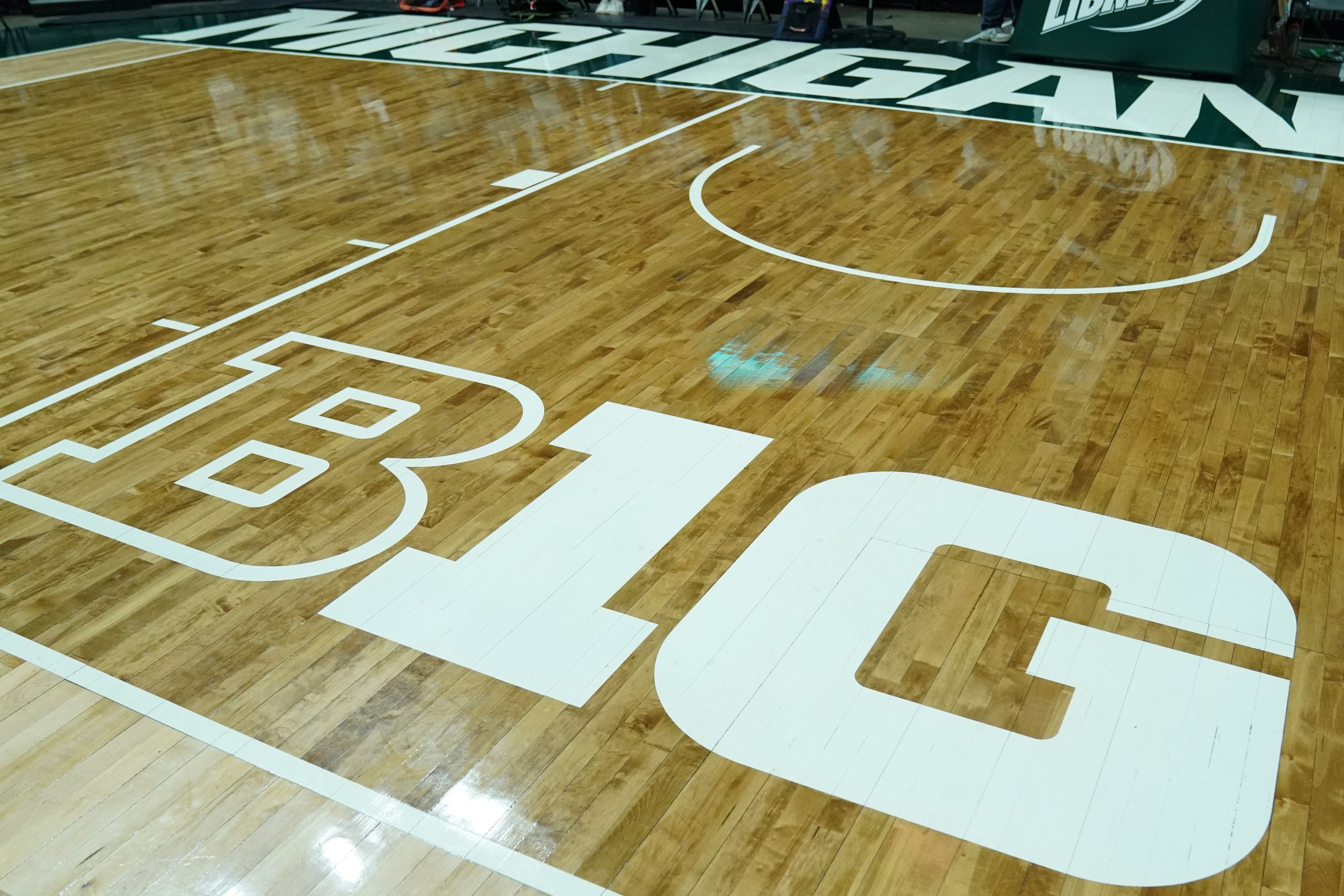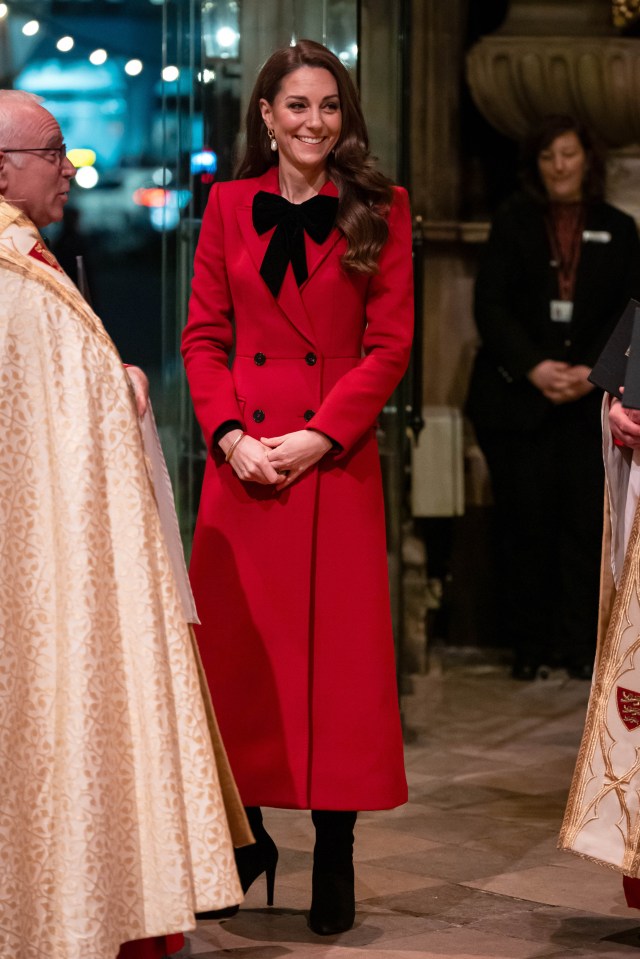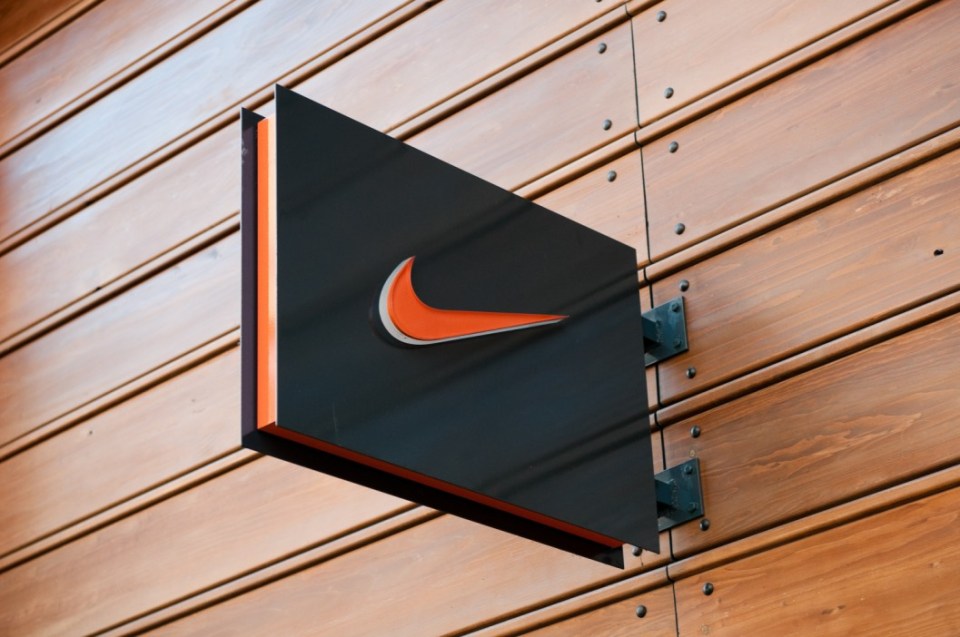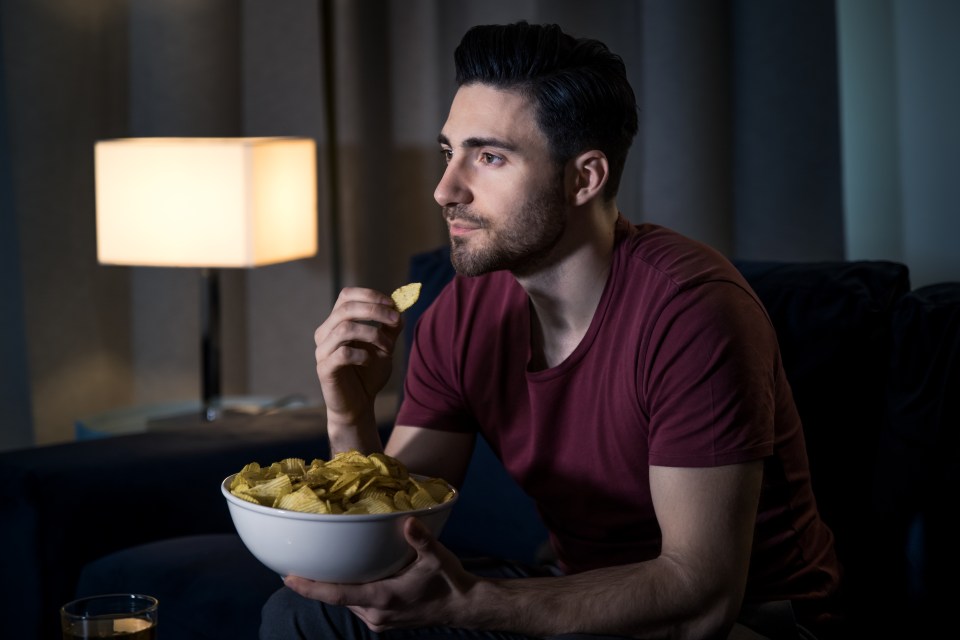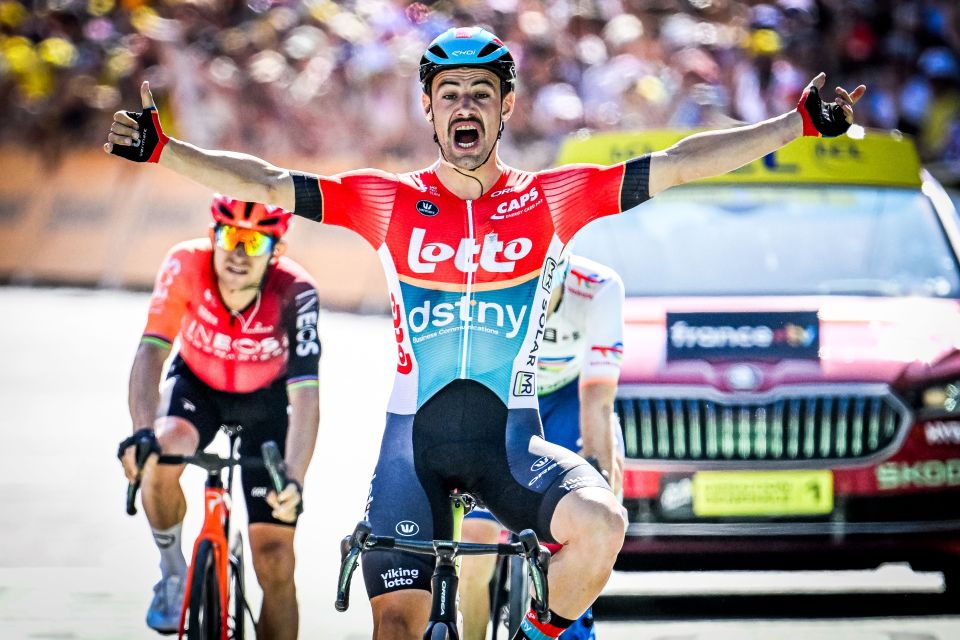I trained alongside a Tour de France stage winner to test cycling’s next big thing – I was well and truly humbled
WHEN Victor Campenaerts won Stage 18 of this year s Tour de France, it was the culmination of months of meticulous planning, entirely focused on winning that stage and that stage alone.
The Lotto-Dstny rider, 33, had been European Time Trial Champion in 2017 and 2018, beatSir Bradley Wigginshour record in 2019, and won a stage at the Giro d Italia in 2021.
But that elusive stage win at Le Tour had so far evaded him, until 2024 came around.
But Victor goes above and beyond like you ve never seen before to ensure every possible marginal gain works in his favour.
He spent nine weeks training at altitude in Sierra Nevada earlier this year – and was the first to arrive and last to leave Lotto s training camp.
This altitude training, combined with regular heat training sessions, ultimately paid off as Victor finally got his hands on one of the most coveted prizes cycling has to offer.
READ MORE IN SPORT
So to find out just what makes him tick, SunSport took a trip down toPrecision Fuel and Hydration s Performance Labin the New Forest.
Upon arrival at Precision HQ, we started with a sweat test, which measures how much sodium you lose when you sweat, or in other words, how salty your sweat is.
Everyone loses a different amount of sodium when sweating, anything from 200mg per litre to up to 2,000mg/l.
I lost 942mg, making me a moderately salty sweater , with Victor at a very similar level.
Victor told me that means I could win a stage of Le Tour too, I wouldn t be putting muchmoneyon the chances of that one happening though!
These results allow Precision, who partner with Victor and Lotto-Dstny, to devise a personalised hydration plan to meet his individual needs.
So that was the straightforward bit,nextcame the realisation that I d be going head-to-head with Victor on the bike.
But as if riding a bike against one of the fastest men on the planet wasn t hard enough, try doing that in a sauna.
Precision offer some words of warning before you get going:
- Don t go it alone – instead, seek advice from a coach or a heat training expert
- Make sure you re hydrated before you start, and you continue to stay hydrated both during and after your heat training.
- Use a Core Body Sensor if you can, a body temperature of around 38.5 C is what you should be aiming for.
- Re-fuel after each session, ideally around 1.2g of carbohydrates per kilogram of bodyweight for each of the four hours after your session.
Heat training is the big thing in cycling at the moment, and involves riding at increased temperatures for anywhere between 30 and 80 minutes.
It serves two purposes – to enhance performance in the heat, and to increase blood plasma volume, which in turn increases a rider s cardiac output and is therefore crucial to an endurance athlete.
Just a small amount of heat training can go a very long way. A recent study with a group of trained cyclists showed a 6.5% increase in blood plasma volume, and a 5% increase in VO2 max (a measure of aerobic fitness), with just 10 days of heat training.
Hot temperatures also increase your risk of cramping, further amplifying the importance of replenishing the sodium lost with carbohydrates and electrolytes.
So into the heat chamber we went.
At 39 C, it was a little bit warmer than the 8 C in the New Forest at the time, and was a bit of a shock to the system.
Precision s incredible team of sports scientists weighed us, wired us up to heart rate monitors and then it was showtime.
They controlled thepowerat which we could push the pedals, ensuring neither of us effectively cooked in the chamber and our body temperatures remained at a safe rate.
Victor, a seasoned pro who was riding his first Grand Tour just as I was finishing my A Levels, was riding at a far higher wattage than me, but our heart rates weren t dissimilar.
The so-called warm up – as if you need one in a heat chamber – felt comfortable, but the sweat was certainly building up.
Our 50-minute session was filled with Victor discussing thebenefitsfor him of both heat and altitude training, dripping with sweat but still able to hold a conversation as if it was nothing.
One of the key components of heat training is to remain hydrated. With temperatures topping 40 C at both of this year s Tour deFranceand Vuelta a Espana, riders will be losing weight – sometimes several kilograms – in sweat alone.
Heat training allows Victor to acclimatise to the heat and in turn individualise his own training regime to suit his perfectly executed plan to win Stage 18.
As the clock hit 50 minutes, Victor was dripping with sweat and in comparison I felt pretty good – my body temperature remained below 38 C while Victor nearly reached 39 C.
My averagepowerfor the session was 107 watts, Victor s almost 50% more at 185, but I was less sweaty so who was the real winner?
Victor put out 173% more absolute power than me in his off-season, all while chatting away and barely pushing himself.
Your power output in these sessions is not supposed to be excessive, a relatively light amount of power at between 70% and 80% of your maximum heart rate – which is amplified by the heat.
In just 50 minutes, despite the light workout, I lost almost half a kilogram in weight – and others riding with me lost in excess of a kilogram.
It is believed that between four and five doses of heat exposure can have a meaningful impact on your body. Dr Jan Boone, part ofLottoDstny s performance team, recommends five sessions per week for five weeks for the optimal effects.
Everything I ve mentioned above forms part of active heat acclimation , but you can also feel thebenefitswithout sitting on a bike should you so wish.
Passive heat acclimation can be sitting in a hot bath, with the water kept at between 40 C and 45 C, for between 30 and 45 minutes.
According to a 2017 study, 6-7 of these extremely hot baths – either on consecutive days or spread across a slightly longer period – can induce similar adaptations within your body to the heat training in Precision s Performance Lab.
Likewise, three sessions per week of sitting in a hot sauna for 30 minutes can also have a meaningful effect on your performance.
So what did I learn – will I win a stage atnextyear s Tour deFrance? No.
Would Victor beat me even if he was riding with his eyes closed? Yes.
Can heat training work for anyone, including us mere amateurs? Yes, absolutely.
Heat training can be a far more practical alternative to altitude training, since you can simply throw on a couple of extra layers and get going.
Read More on The US Sun
Victor toldPrecisionthat his go-to outfit is leg warmers, socks, gloves, full head covering, base layer, garbage bag, another thick long sleeve layer, rain jacket, body and thermal jacket.
You could, of course, opt for a few less layers – particularly at this time of year when it s already cold and you ve likely got the heating on.
Note: Thank you for visiting our website! We strive to keep you informed with the latest updates based on expected timelines, although please note that we are not affiliated with any official bodies. Our team is committed to ensuring accuracy and transparency in our reporting, verifying all information before publication. We aim to bring you reliable news, and if you have any questions or concerns about our content, feel free to reach out to us via email. We appreciate your trust and support!



